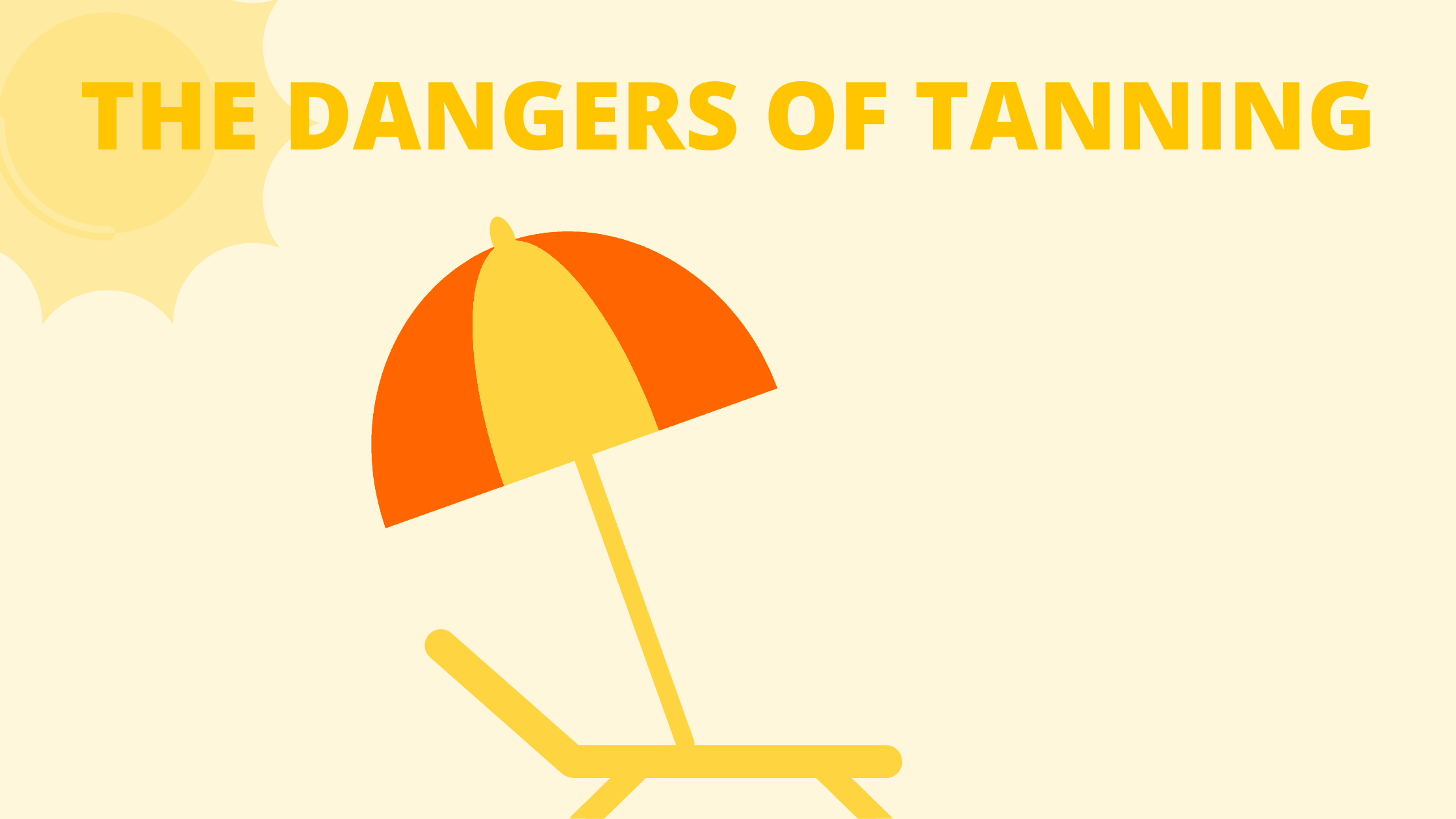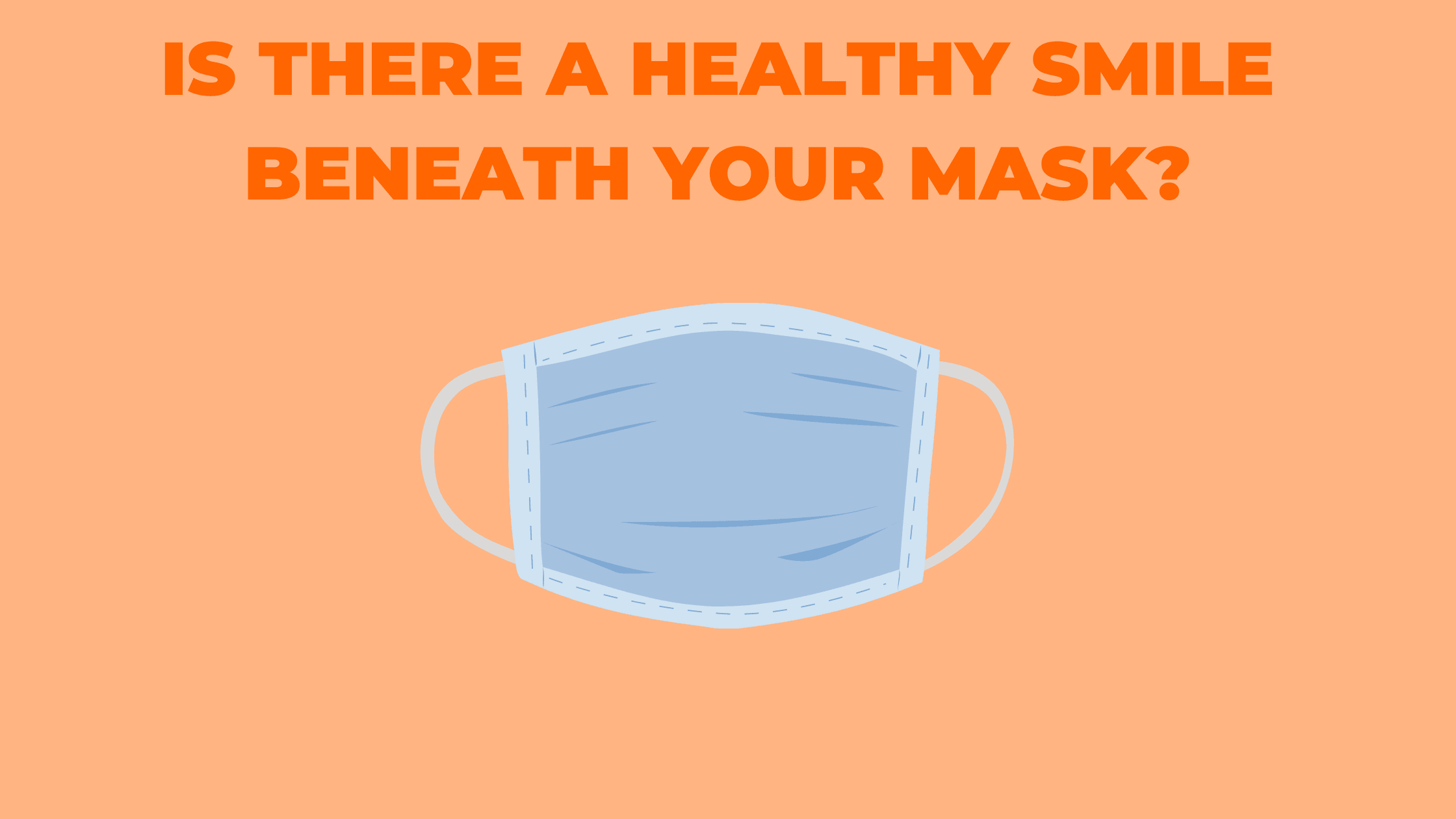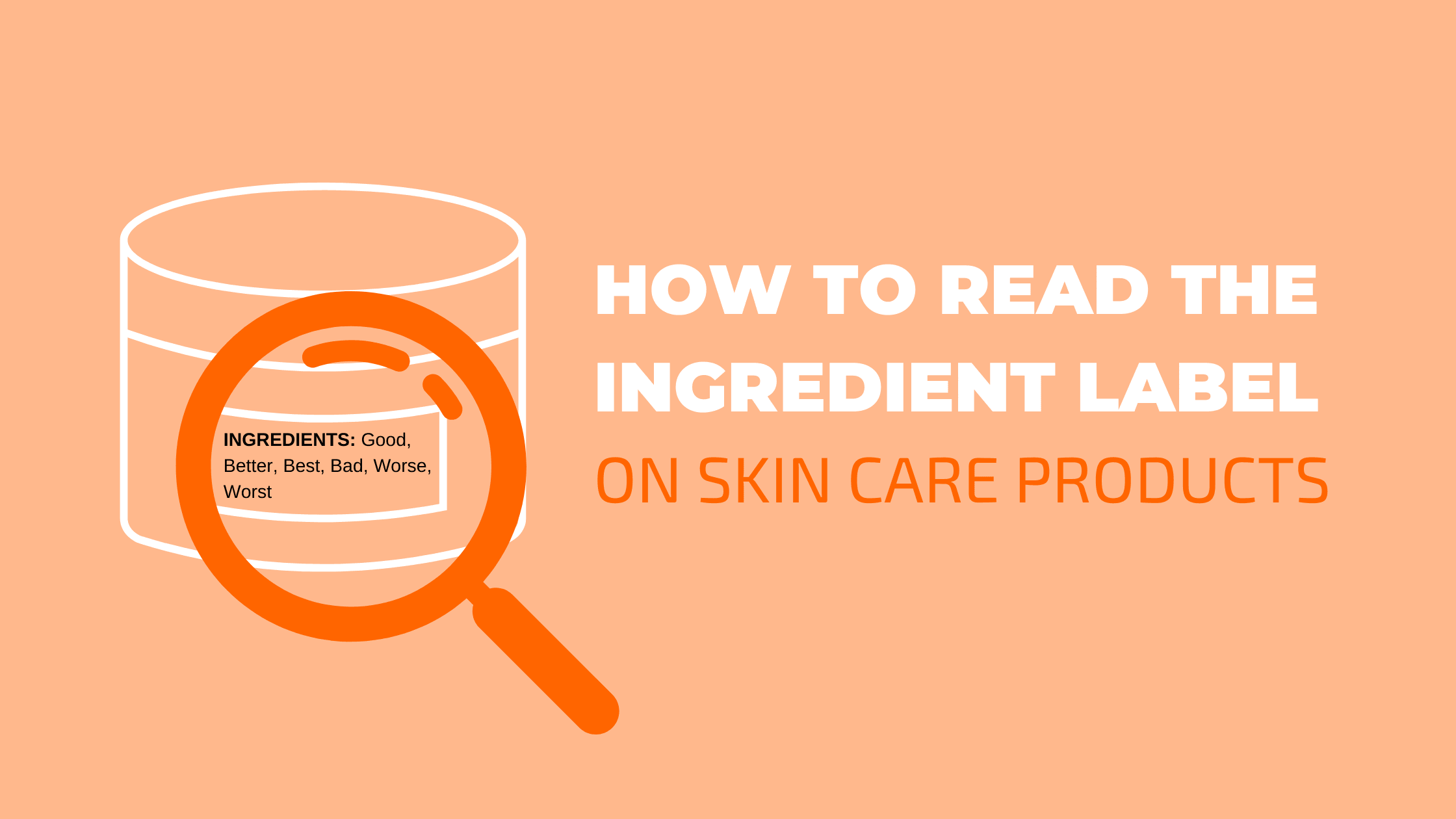
The Dangers of Tanning
Go to the beach or pool in the midst of the summer, and you’ll most likely see dozens of sunbathers with a bottle of tanning oil at the ready to try and achieve more glowy, bronzed skin. Many folks are dedicated to maintaining a tan, but the risk factors of tanning should be enough to swear off roasting in the sun for good.
Keep reading to learn the science behind what’s happening to your skin when you tan, why you should avoid tanning, and healthier alternatives to tanning.
Why does skin tan?
Suntans are not just for aesthetic purposes. It is an evolutionary reaction that attempts to protect your skin from the harm that can occur from consistent UV exposure.
When exposed to UV rays, the skin begins to protect itself by pushing melanocyte cells to the surface. These melanocytes are responsible for protecting the more important parts of skin cells from damage. They do so by producing melanin which releases a darker pigment that aids in absorbing UV rays.
As your time in the sun lingers, your cells will produce more and more melanin, and therefore, more and more pigment. This increase in pigment results in a deeper skin tone, and thus, a suntan is born.
The Dangers of Tanning
Skin Cancer
The most formidable outcome of too much sun exposure is skin cancer. In the United States, one in five people will develop skin cancer by the age of 70, and more people are diagnosed with skin cancer than every other cancer combined.
Skin cancer occurs as the result of UV rays damaging the DNA in skin cells, causing them to grow abnormally or develop growths that can be either malignant or benign.
There are two types of skin cancer: melanoma and non-melanoma which includes squamous cell carcinoma, merkel cell carcinoma, and the most common form of skin cancer, basal cell carcinoma. Melanoma, the most lethal skin cancer, occurs in the melanin cells and non-melanoma cancers occur in the other cells of the epidermis.
Here’s a more in-depth look at different types of skin cancer.
With early detection, 99% of skin cancer is treatable, but treatment can be expensive, exhausting, and can cause permanent damage to your appearance and health, so preventing skin cancer before it can set in is crucial.
Sunburn
You may be aiming for a bronzy tint, but you can quickly end up lobster red if you’re not careful. While UVA rays are responsible for increased melanin production resulting in a tan, UVB rays can cause damaged cells which result in increased blood flow to the surface which appears as a bright red burn.
Not only are sunburns painful and unsightly, but they can have lasting damage. Just one severe sunburn during childhood more than doubles your chances of developing melanoma later in life, so sunburn prevention is about more than avoiding redness.
Signs of Aging
The skin care market is cluttered with a wide range of “anti-aging” creams, lotions, and serums that aim to reduce the appearance of fine lines and wrinkles, but anti-aging should be more of a preventative task than a retroactive one.
The sun is one of the biggest factors in premature signs aging, also known as photoaging. Unprotected exposure to the sun can rapidly break down the collagen and elastin in the skin which causes the skin to sag and wrinkle faster. This is why sunscreen is the best tool for anti-aging.
Aging is natural, and we’re all bound to develop our fair share of wrinkles over time, but tanning drastically increases the likelihood that your skin will prematurely age.
Eye Damage
Your skin is not the only organ at risk when you tan, and there’s a reason they give out little plastic goggles at tanning salons. Exposing your eyes to UV rays can lead to photokeratitis and cataracts, which can cause pain, swelling, and clouded vision.
Are Tanning Beds Safer for Your Skin?
When gloomy weather sets in, some dedicated tanners make it a year round excursion by supplementing natural sunlight with visits to the indoor tanning bed. The indoor tanning industry makes about 5 million dollars a year in the US, and while the popularity is declining as the population is becoming more aware of the threat of skin cancer, there’s still a lot of misinformation surrounding the risks of tanning bed usage.
In a survey conducted by the American Academy of Dermatology, 25% of young adults didn’t know that tanning beds are not a safe alternative to outdoor tanning, in fact, it can be much worse. According to the Skin Cancer Foundation, there is a 75% increased risk of developing melanoma from just a single tanning bed session before age 35.
Tanning beds far from a safer tanning option. They’re just a more concentrated dose of UV light that can do all of the same damage. The only safe alternative to tanning is no tanning at all, and thorough sun protection.
Sunscreen
Even if you aren’t intentionally laying out in the sun or in a tanning bed to get a tan, your skin is still constantly exposed to UV rays, and regularly applying sunscreen is one of the best ways to protect yourself.
Whether you choose a mineral or chemical sunscreen, make sure to pick one that’s broad spectrum (protects against both UVA and UVB rays) with an SPF of at least 15 and reapply it every 2 hours or after swimming or sweating excessively. Also be sure to pay attention to the expiration date because sunscreen’s sun protection factor wears down over time.
Choosing a sunscreen for sensitive skin can be difficult if you are concerned about subsequent breakouts and irritation, but skipping sunscreen is never an option. Dermatologists recommend a mineral sunscreen formulated with zinc oxide and titanium dioxide for protection with less chance of irritation.
Other sun protection options
Even the best sunscreen can only protect you from 99% of UV rays, so implementing other sun protection methods can be a savior for your skin. Wear protective clothing like a wide brimmed sun hat, sunglasses, and long sleeves.
It’s also recommended that you stay out of the sun from 10am to 3pm because that’s when UV rays are the most powerful.
The myth of the base tan
Before a tropical vacation you may subscribe to the “base tan” method. This concept says that getting a tan before spending a lot of time in the sun will help protect your skin from getting sunburned. While the increase in melanin production will add a little bit of shielding from the sun, experts estimate that a tan only offers the equivalent of about SPF 3 to 4.
But what does the SPF number mean? Basically, with an SPF (sun protection factor) of 3-4, it means that you can be in the sun without burning 3-4x longer than without sunscreen. If you’d burn after 10 minutes of sun exposure with no sunscreen or “base tan,” then an SPF 4 would protect you from burn for about 40 minutes.
Remember, sunscreen with at least SPF 15 is recommended for sun exposure so the SPF 4 from a base tan falls short, and damaging your skin with the sun in order to prevent further sun damage is illogical and paradoxical. Stick to sunscreen for tried and true sun protection.
How to get Vitamin D?
There’s a common misconception that you cannot get enough Vitamin D if you are taking precautionary sun protection measures.
Luckily the sun isn’t the only way to get Vitamin D. It’s found in foods like fatty fish, eggs, mushrooms, and fortified milks, yogurts, and cereals. It’s also nearly impossible to completely shield your skin from UV rays so even with proper sun protection measures, you’re still most likely getting some UV exposure and a dose of Vitamin D.
Alternatives to tanning
There’s no such thing as a healthy tan unless it comes out of a bottle. If you want the sun kissed look without the risks, opt for a self tanning lotion, a spray tan, or bronzer, and pair them with a broad spectrum, mineral sunscreen.
Skin cancer prevention, anti-aging, and your overall health are all on the line when you choose whether or not to lay out in the sun unprotected. All signs point to suntanning doing more harm than good, so stay out of the sun as often as possible and apply sunscreen daily. Your skin is your largest organ so



Leave a comment
This site is protected by hCaptcha and the hCaptcha Privacy Policy and Terms of Service apply.